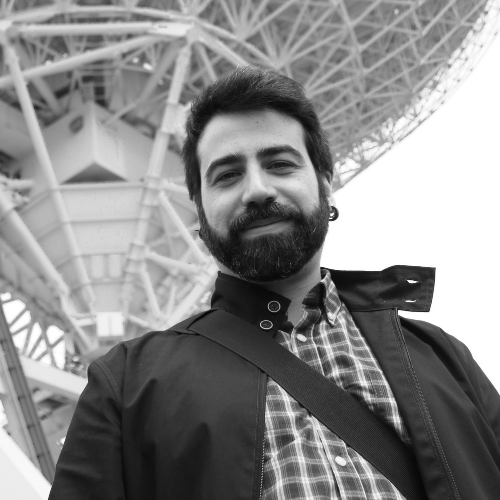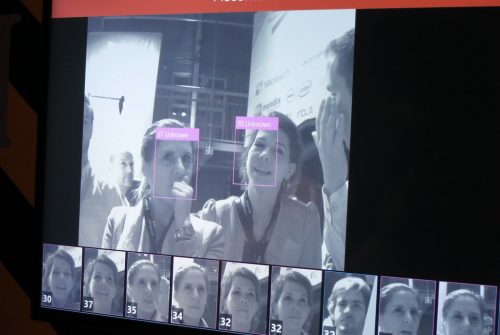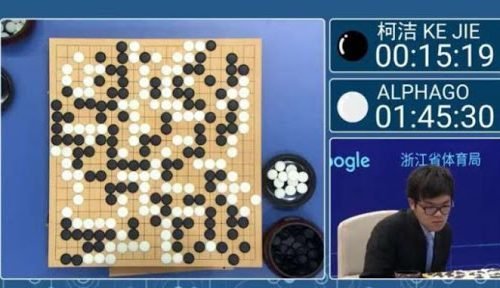A new device to rebuild the bond with the world
26 April 2019 | Written by Alberto Laratro
A matrix of electrodes, as big as a post-it, once implanted in the brain will allow us to reconstruct a natural language in patients who are no longer able to speak.

According to Wittgenstein the “limits of language constitute the limits of the world. All we know is what we have words for. ” Imagine how frustrating it can be to have a world of words but not be able to express them, especially if these limits are not linguistic but are muscular. It is the world of those who suffer from one of the many diseases that are unable to speak, such as brain damage due to road accidents, neurodegenerative diseases such as ALS or various types of stroke. Losing language means losing a connection with the world, but a group of researchers is working to restore this link using an innovative approach.
The limits of the “old” systems. There are different forms of compensation for those suffering from loss of language, Stephen Hawking, for example, used a particular device that allowed him, using a muscle of the cheek, to type his speeches letter by letter. Other instruments see the use of the eyes, from the rudimentary blink of the eyelids to more sophisticated instruments for reading the eye movement, to indicate letters and phonemes. All these approaches have one element in common, even if they weakly restore that fundamental link with the world that is language, they are incredibly slow and the synthetic voice is not able to recall the complex organic unity of speech, with its inflections, tones and the fluidity that is an integral part of the construction of meaning in communication.
Give back the voice. A study published in Nature shows a new system capable of reading the signals that the brain sends to the muscles of the mouth, tongue, lips, and larynx and transforming them into an approximation of speech, complete with all that set of accents, intonations, and inflections which are called supra-segmental traits, which are fundamental for restoring a natural language. To do this a matrix of electrodes is used, as big as a sticky note, which is implanted on the brain: in this way, the electrical impulses it generates are picked up, sent to a software that is able to decode them and generate an audio signal which is as close as possible to speech. Similar systems already exist but rely on the recognition of electrical signals corresponding to letters and words. The one proposed by the Universities of California, San Francisco and UC Berkeley, on the other hand, goes further upstream and collects data on the muscular movements that generate words. In this way, they are able to reproduce as many as 150 words per minute as natural speech, unlike the 8 per minute of the previous systems.
Experimentation. 5 subjects were chosen to test the apparatus. Patients suffering from epilepsy have to undergo brain surgery to identify the areas in which epileptic seizures originate. This means having electrodes in the brain for weeks before doctors can pinpoint the area to be operated on. During this period many volunteers are also offered to test experimental implants such as the one in question: in particular, the researchers asked the subjects involved in the tests to recite simple sentences so that the electrodes could record which groups of neurons in the motor cortex were connected to the language production. The team then translated those signals into words. Audio products were 70% recognizable, a good result that allows experimentation to continue.
“By continuing to work on it – said Chethan Pandarinath and Yahia H. Ali, biomedical engineers at Emory University and the Georgia Institute of Technology, in a commentary on the news – we can hope that people with language problems will regain the ability to speak freely so that they will be able to recreate that link with the world around them ”.





